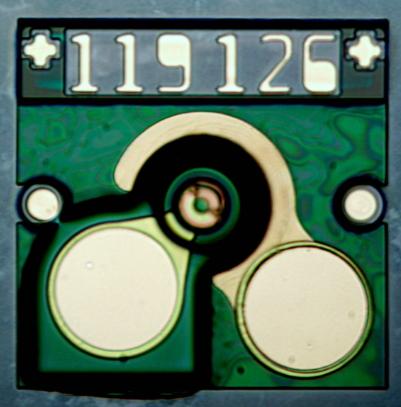In our fast-paced digital world, data connectivity is the lifeblood of communication and innovation. Whether you’re streaming your favorite show, collaborating with colleagues across the globe, or downloading data for your latest project, the need for efficient and reliable data transfer is paramount.
SWDM, or Shortwave Wavelength Division Multiplexing, is an optical technology that has the potential to unleash even greater connectivity and bandwidth using existing fiber infrastructure.
SWDM leverages the shortwave spectrum of light to transmit multiple data signals concurrently over just one optical fiber, using the same standard optical fiber already installed. It achieves this by using different wavelengths, typically within the 850 to 1000 nanometer range, to represent distinct data channels. These channels are multiplexed onto a single fiber, allowing for parallel data transmission and a significant increase in overall data throughput. This is in contrast to Coarse Wavelength Division Multiplexing (CWDM), where the wavelengths are still widely spaced but transmit at higher wavelengths that require higher power and more expensive laser sources.
SWDM is a cost-effective and scalable solution that offers compatibility with existing optical infrastructure, making it an attractive choice for upgrading network capabilities while minimizing disruptions and costs. This technology has the potential to revolutionize data transmission, offering high speeds, reliability, and future-proofing capabilities.
The primary advantage of SWDM optical connectivity is its ability to simultaneously transmit and receive data at very high speeds on just one optical fiber. By utilizing multiple wavelengths within the shortwave spectrum, SWDM technology enables simultaneous data transmission across a single optical fiber. This means that you can achieve data rates far beyond what traditional single-wavelength systems can offer without having to add the bulk, size, and cost of additional fibers and multi-fiber connectors.
With SWDM, you can unlock the potential for faster data transmission, making it ideal for data-intensive applications like cloud computing, 4K/8K video streaming, and data center operations.
Inneos’ line of SWDM vertical-cavity surface-emitting lasers (VCSELs) supports up to 6 channels on a single fiber at wavelengths of 850nm, 880nm, 910nm, 940nm, 970nm, and 1000nm. The relatively large spacing between channels in an SWDM system, as opposed to DWDM (dense wavelength division multiplexing), allows for the use of lower cost optics, lower power electronics and packaging, and cheaper assembly processes.
Plus, the robustness of the SWDM technology allows for deployment in a host of operating environments, including medical, industrial, and aerospace applications. Let’s look at some distinct advantages of SWDM solutions.

Scalability
Scalability is crucial in today’s interconnected world. SWDM optical connectivity is designed with scalability in mind. The technology allows for the efficient addition of new wavelengths to the existing fiber infrastructure, making it easy to expand capacity and accommodate growing data demands without the need for extensive cable overhauls.
This is particularly important in many types of installations where changing the cabling is not easily accomplished, such as operating rooms, aircraft harnesses, military vehicle systems, and even home theater installations. With the scalability offered with SWDM, you can get performance enhancements for next gen connectivity without needing to change any cables or connectors.
Cost-Effective Solution
Compared to alternative high-speed data transmission methods, SWDM offers a cost-effective solution for increasing network capacity. It leverages existing fiber-optic infrastructure while providing a significant boost in bandwidth.
The typical alternative is to upgrade the system by installing parallel fiber cables, which cannot be readily terminated in the field, so that multiple signals can be run concurrently on separate fibers. This solution is not only labor intensive, but also requires removing the existing simplex or duplex fiber cables and installing parallel optical fibers, which are typically over 10 times more expensive! This makes SWDM an appealing choice for organizations looking to maximize their ROI while staying ahead of the curve in terms of data transmission capabilities.
Future-Proofing
The tech landscape is constantly evolving, and future-proofing your network is essential. SWDM optical connectivity, with its scalability, compatibility, and high data throughput, provides a forward-looking solution. SWDM has the potential to support next-generation video transmission at 10K, 12K, and beyond, where data rates may be 24Gbps per channel or higher.
SWDM is also a promising solution for data connectivity in Ethernet, where per-channel bandwidths of 100G and 200G are already here and link bandwidths of 800G and 1.6T are well into development. By investing in SWDM technology, you can ensure that your network will be well-prepared to handle the data demands of tomorrow.

Conclusion
SWDM optical connectivity is a game-changer in the world of data transmission. Its high data throughput, scalability, cost-effectiveness, and future-proofing capabilities make it an enticing choice for businesses and individuals alike.
As our digital world continues to expand and evolve, SWDM technology stands as a beacon of innovation, promising faster, more efficient, and more reliable data connectivity. Embrace the power of SWDM to be poised for success in the data-driven future.
